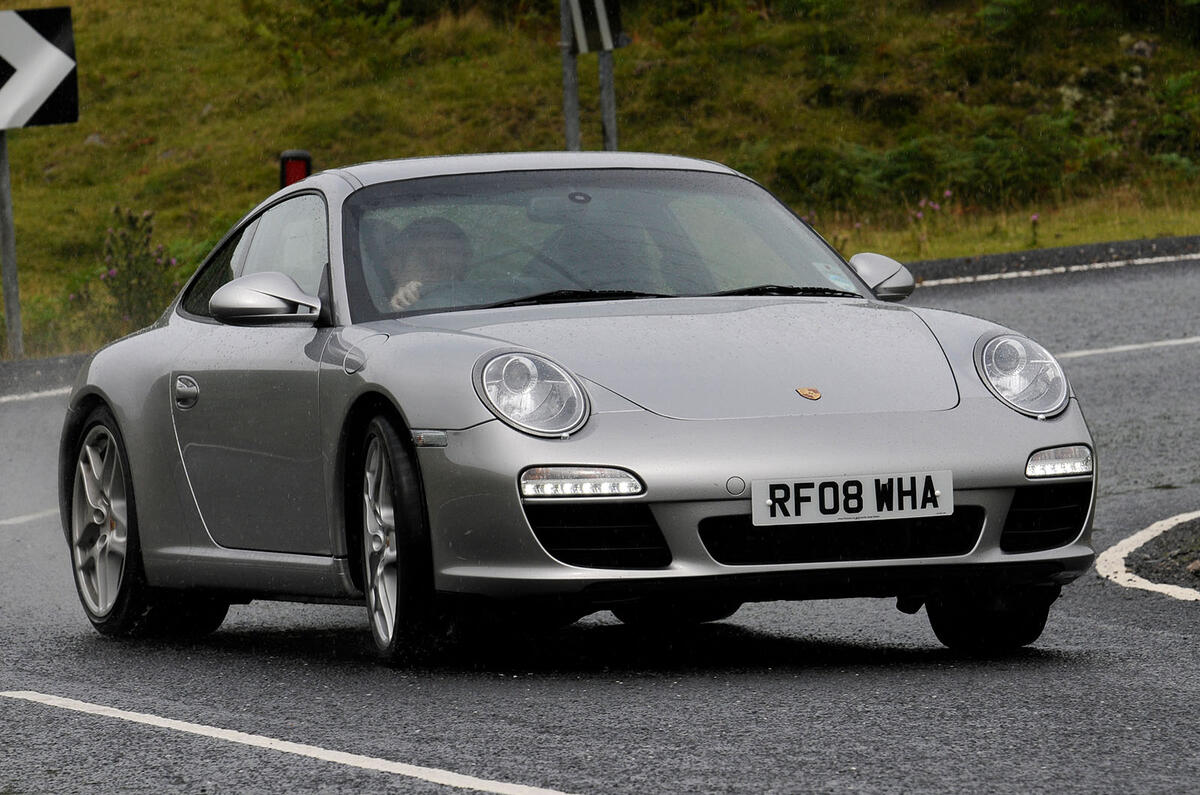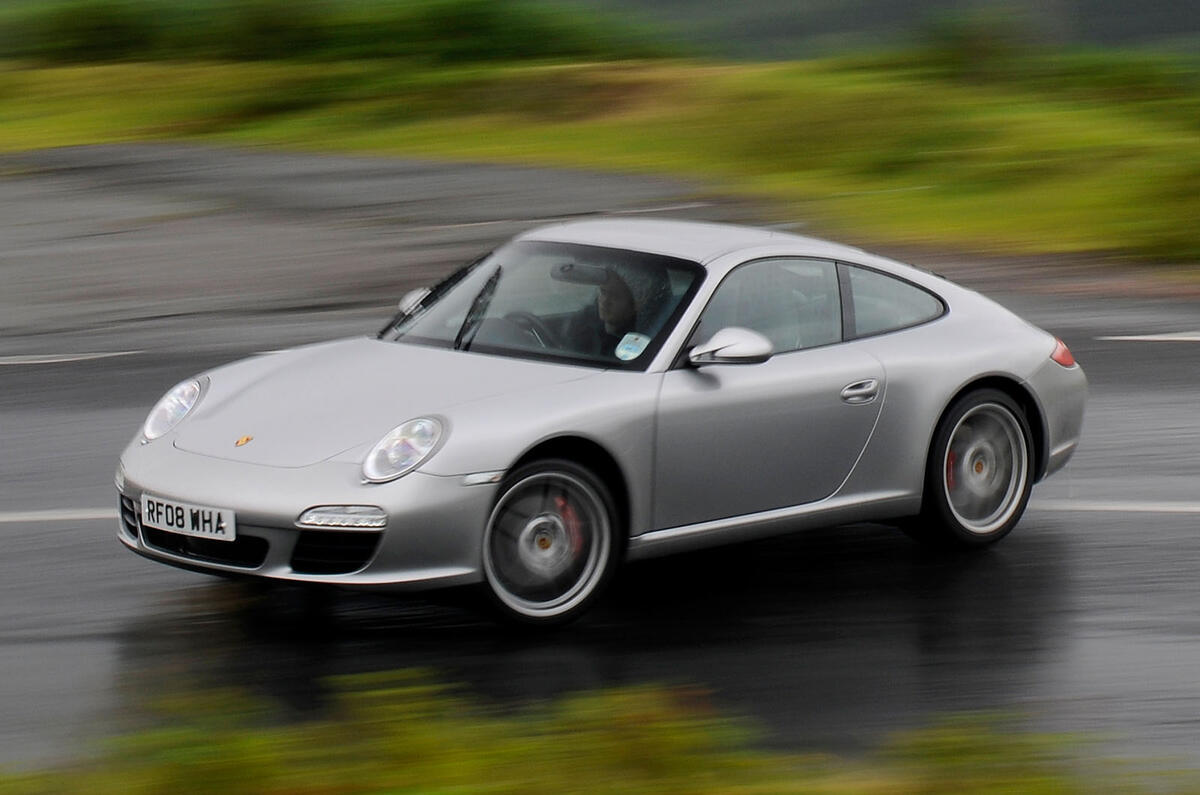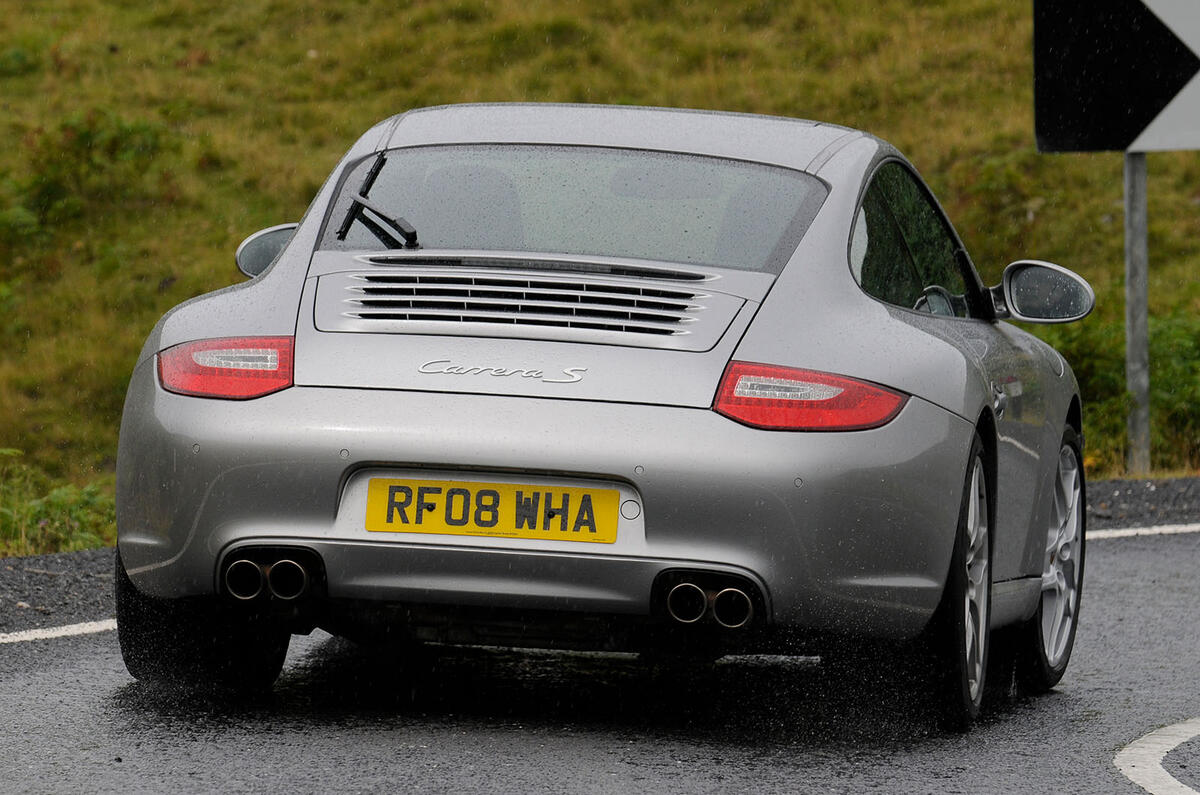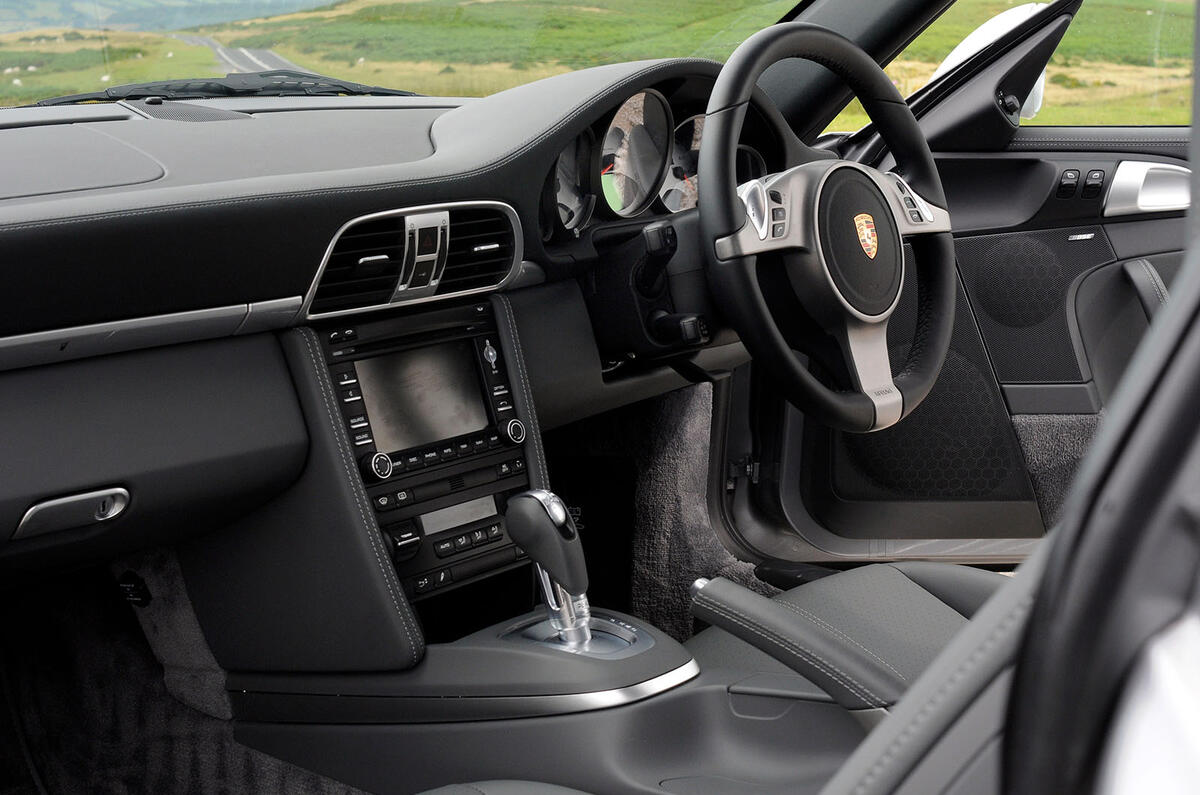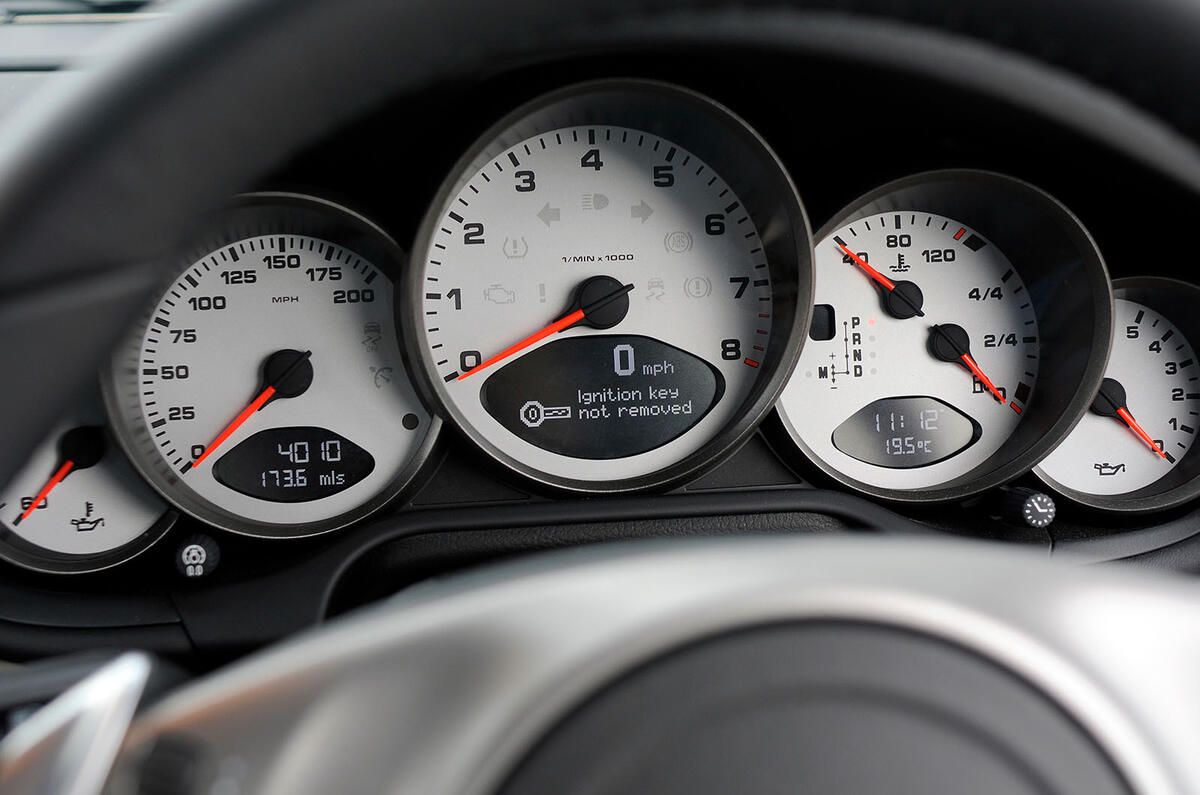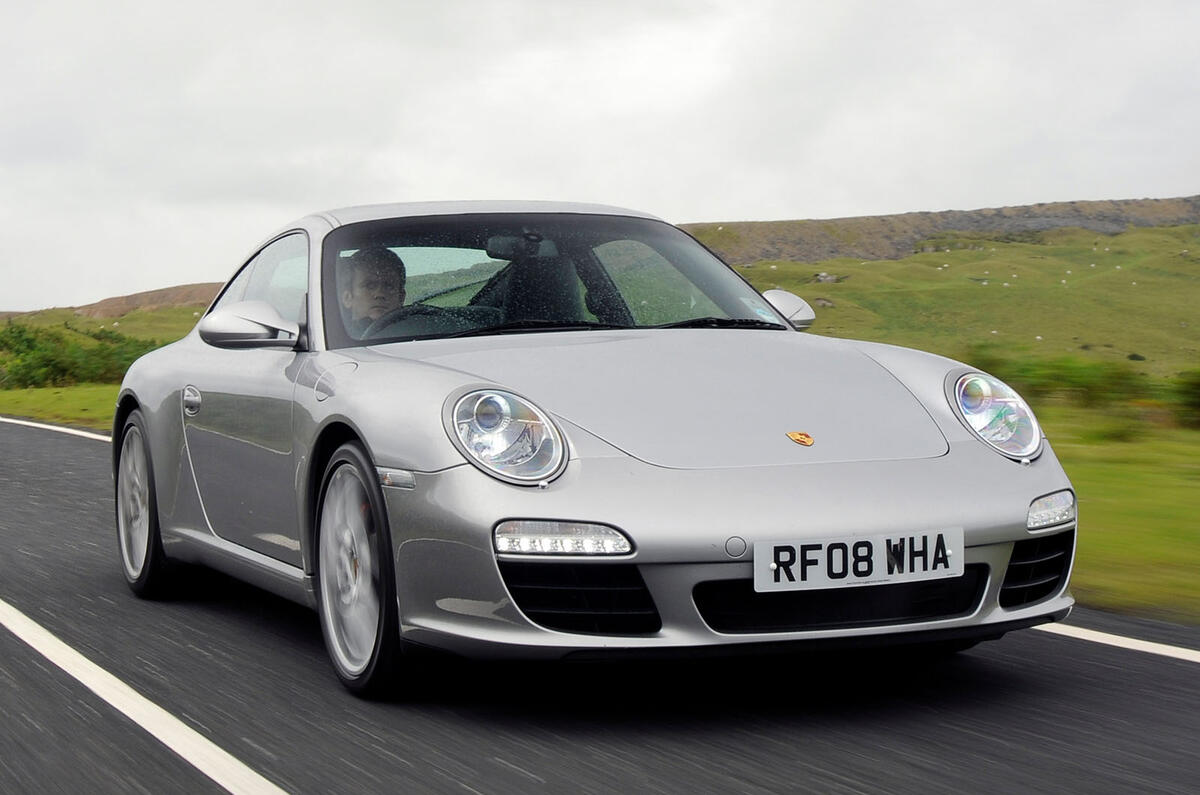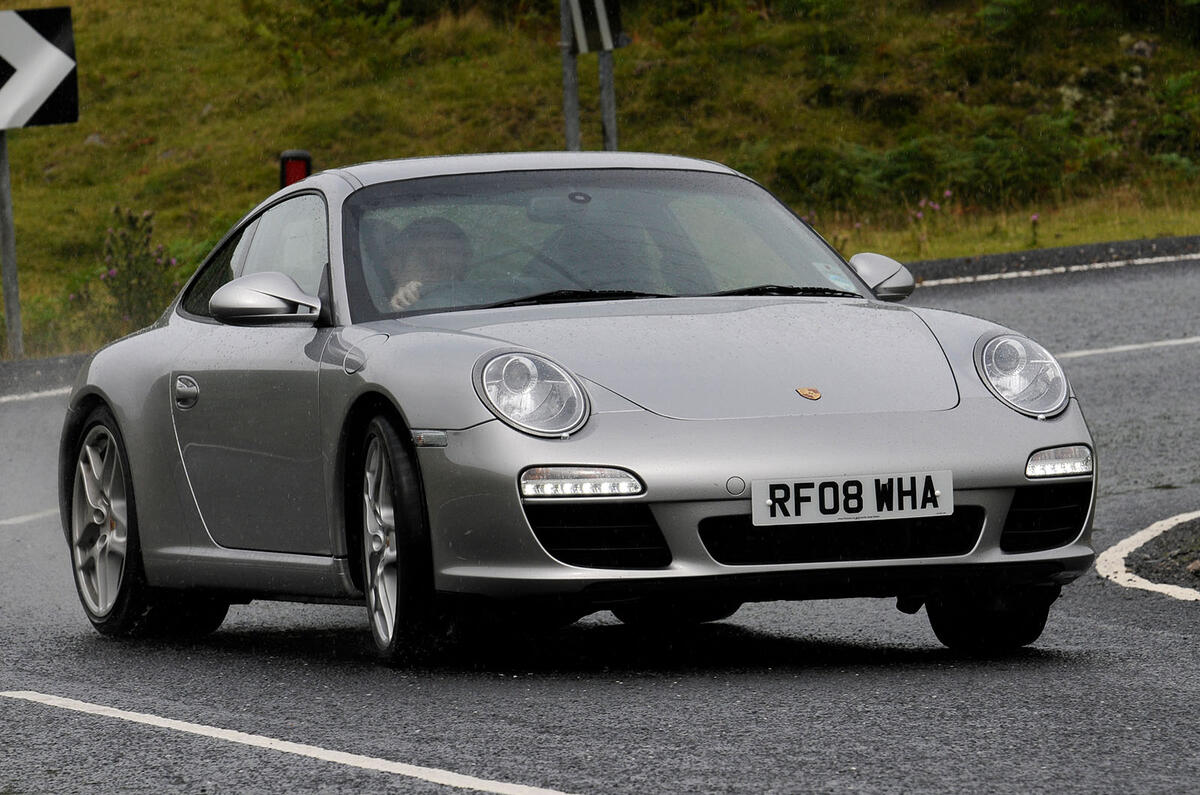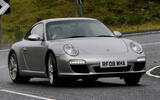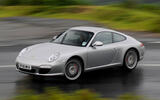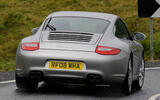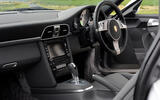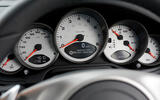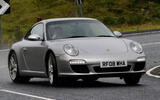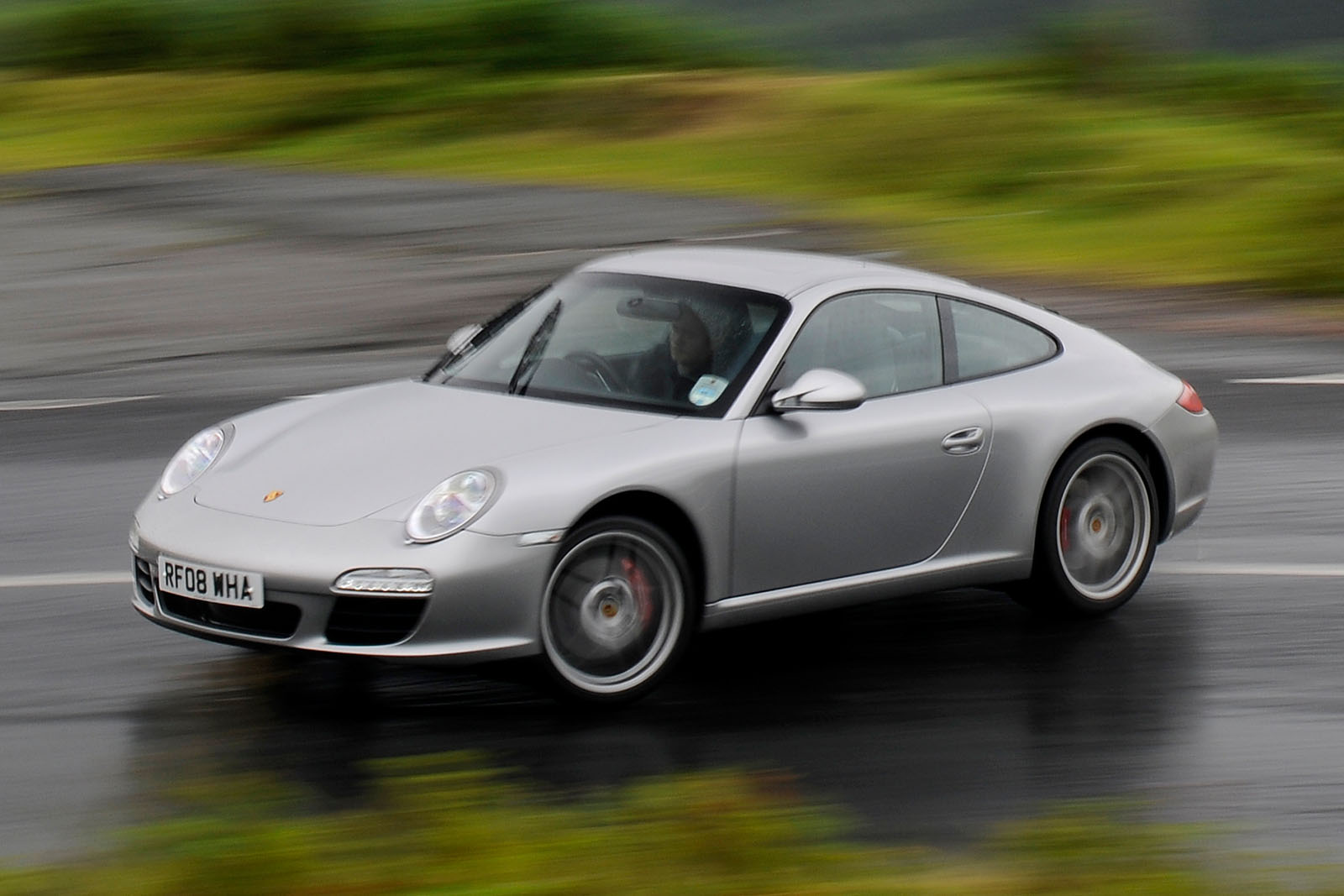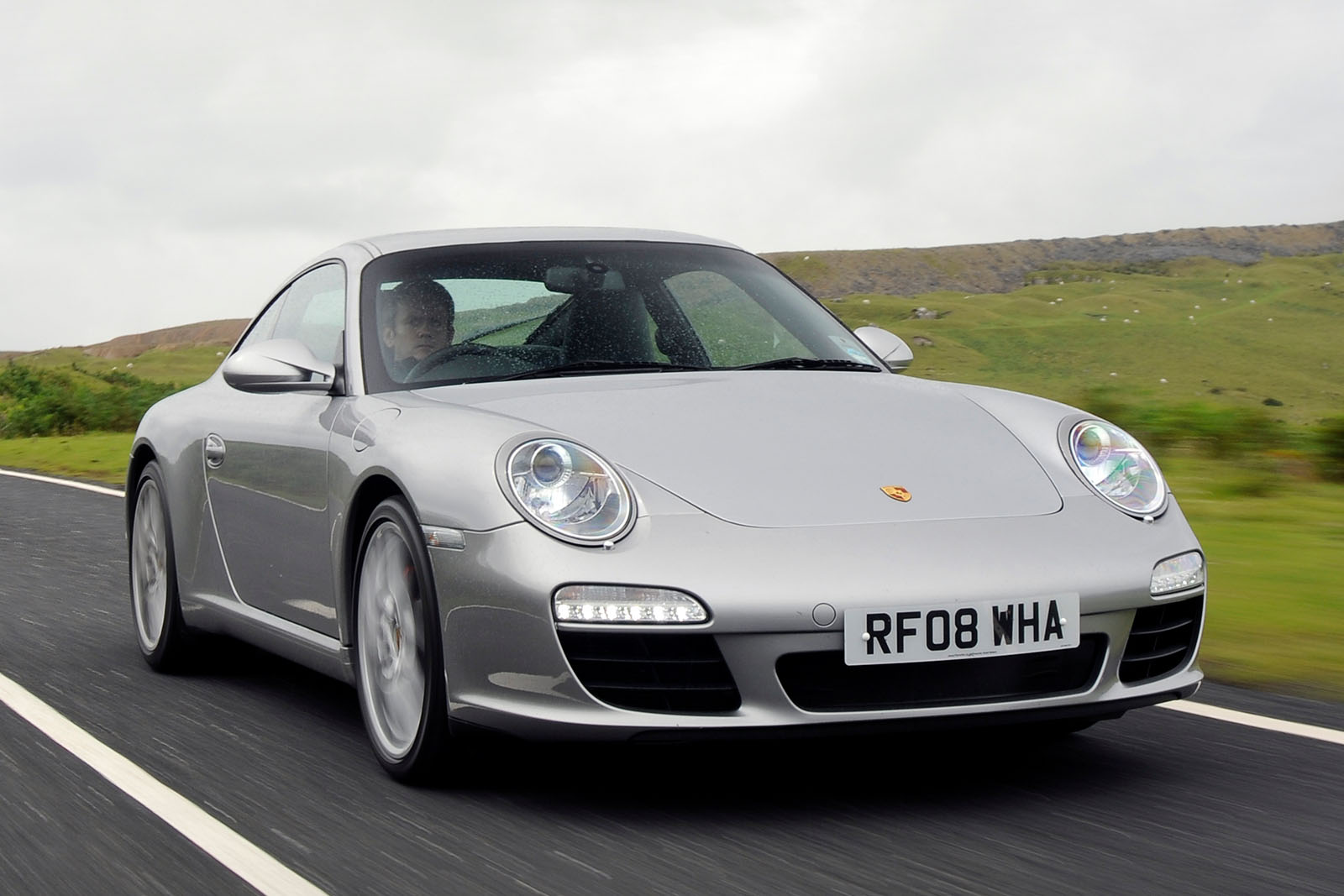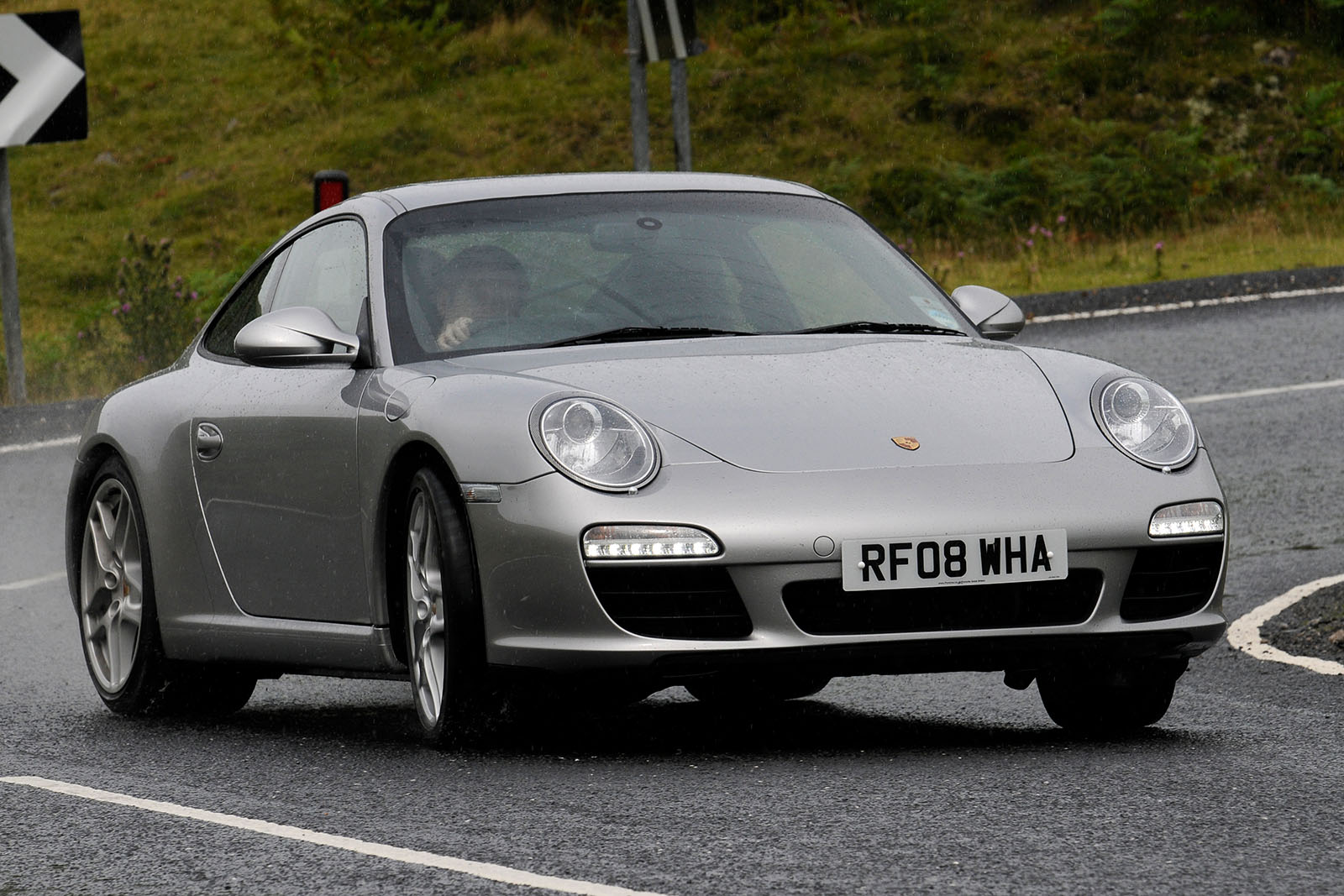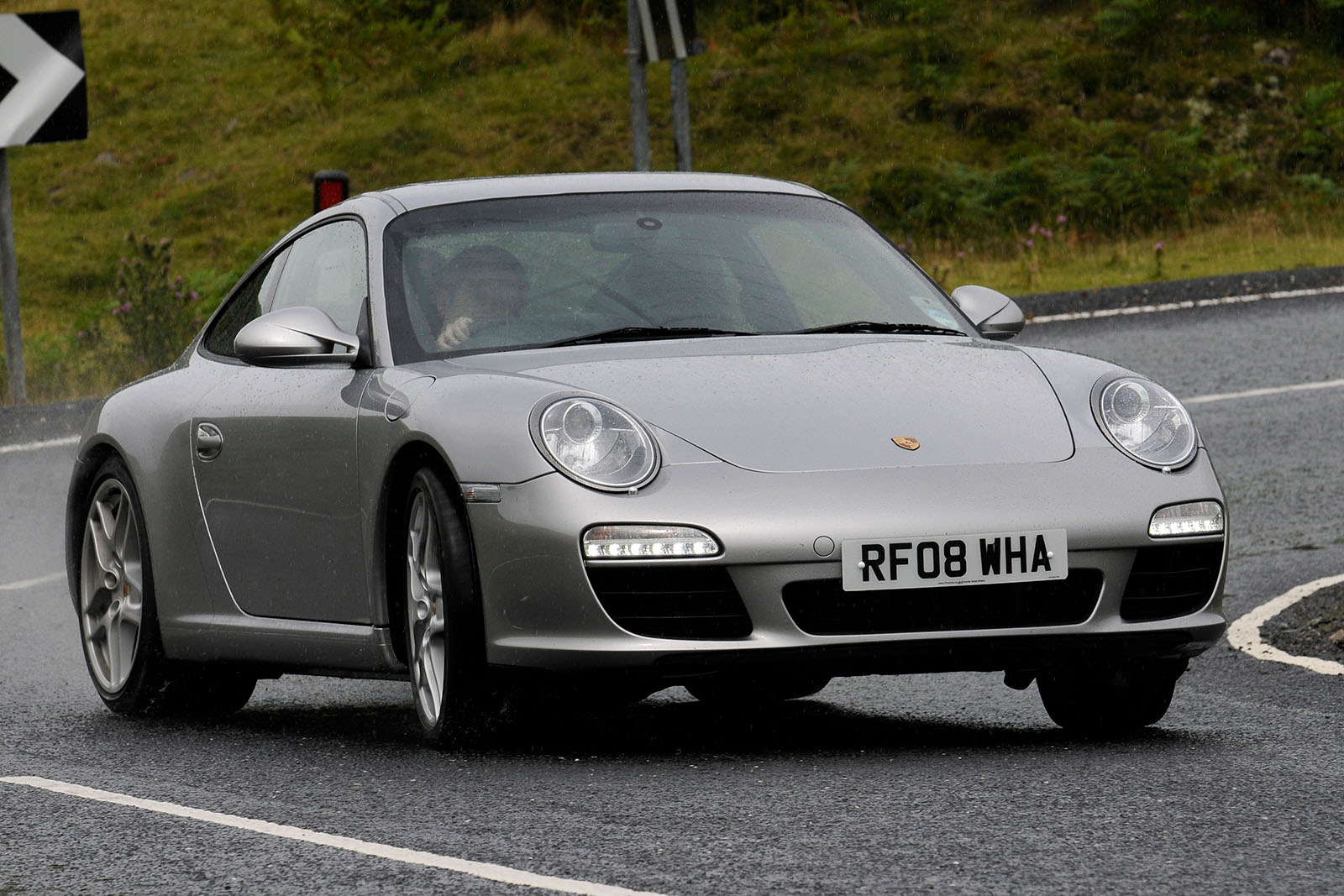Is the Porsche 911 (997) reliable?
The 997 911 is a reliable car if it has been taken care of. In the latest WhatCar? reliability survey, Porsche finished 15th out of 32 manufacturers putting it behind Audi but ahead of BMW and Jaguar. With the 997, you should be aware of the the inevitably high repair costs given the fact that it's a specialist piece of German machinery. This is why it’s so important to buy a good, well-maintained example.
Engine: Bore scoring happens when the piston ring rubs against the wall of the cylinder. It’s an often-mentioned issue with the 997, but it isn’t as wide-reaching as online scare stories would have you believe, and all Turbos and post-facelift models are granted immunity. Check for a rattling noise at idle and black exhaust tips, and if either presents, request a borescope inspection. The ECU sends information to a Porsche database recording every instance it has been redlined since it rolled out of the factory. Ask a garage to check the ECU. If over-rev codes appear, you should have the engine checked for abrasive abuse.
Cracked coil packs are one reason why taking a test drive is so important. If the car is misfiring, goes into limp-home mode, is louder than normal or is lacking some power, these are almost always the cause. Budget around £180 for replacements and £100 for labour.
The earliest 997s fell foul of intermediate shaft bearing failure; later cars received a factory-fitted solution. When the IMS bearing fails, the camshaft timing is disrupted, causing the piston and valves to collide, resulting in extensive and expensive engine damage.
Cooling: The unconventional cooling system pumps water between the rear-mounted engine and a front-mounted radiator through lots of intermediaries. Thus it’s more prone to leaking, particularly around the rubber-sealed connections, which can perish. The metal connections are more resilient but can still rust.
Interior: The build quality of early 997s wasn’t Porsche’s most convincing effort, so detaching gear knobs and jettisoned trim pieces are common, especially among cheaper and leggier cars.
General maintenance: Owners recommend a very specific maintenance schedule: change the oil every 5000 miles, flush the brakes every two years, change the spark plugs every 40,000 miles and replace the transmission fluid every 100,000 miles.
An owner's view
Pete Osborne: I own a 2010 ‘997.2’ Carrera. I was keen to stick to the narrow body, rear-wheel drive and manual gearbox, and frankly even the ‘base’ 3.6-litre model is more than fast enough, hence me not even looking for the 3.8-litre Carrera S. It took a while to find mine, but having owned it for two years, I’ve clocked up 5000 miles. Apart from the road roar, I love everything about it: the looks, the gearbox, the steering, the seats and seating position, the practicality and most of all the noise.”
Also worth knowing
RWD cars and the GT3 feature the narrow body, while 4WD cars and the GT3 RS have the wide body, which is 44mm fatter across the rear. There are some customisations that owners swear by, including a Fister exhaust (£650), Eibach springs and dampers (£1000), a LaPower Bluetooth adapter that can sync your phone with the car’s infotainment system (£150) and a module that expands the dynamic range of the electronic stability control (£1000).


